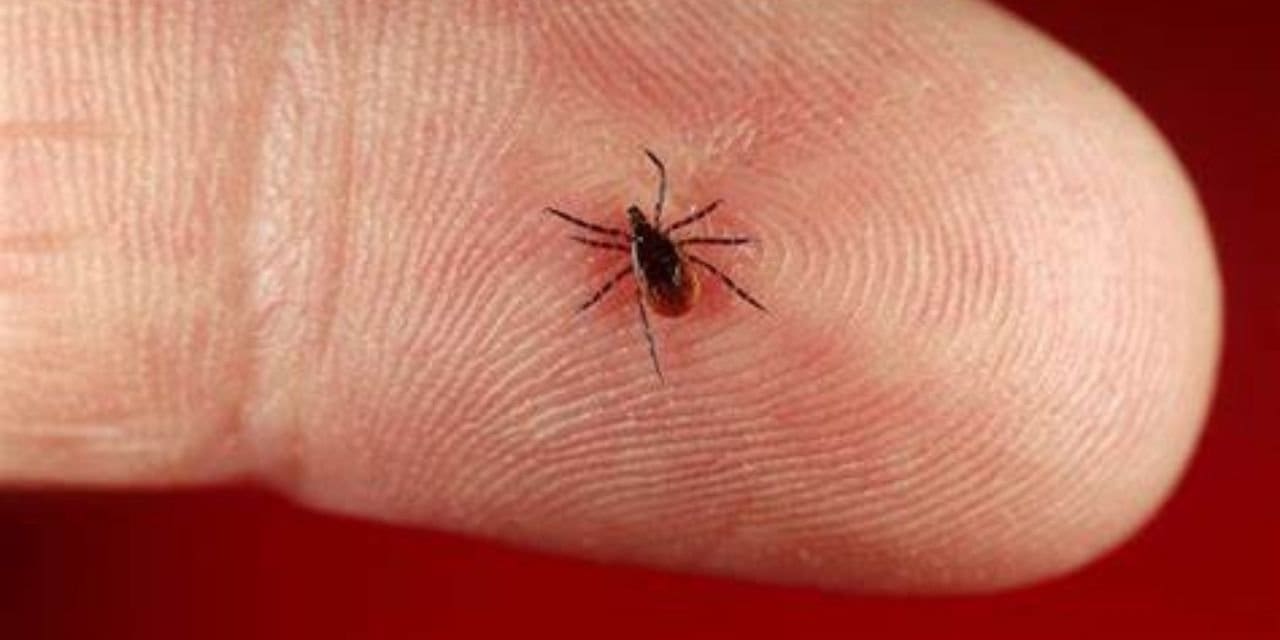In the tranquil embrace of nature, lurking beneath the foliage hides a silent menace – the black-legged tick. While its diminutive size might deceive, this arachnid harbors potent dangers, capable of wreaking havoc on unsuspecting victims. Understanding the hidden risks posed by these tiny terrors is crucial for safeguarding our health and well-being.
The Biology of Blacklegged Ticks:
Blacklegged ticks, scientifically known as Ixodes scapularis, are tiny arachnids belonging to the family Ixodidae. Commonly found in wooded areas, bushes, and tall grasses, they possess a unique life cycle consisting of four stages: egg, larva, nymph, and adult.
These ticks require blood meals at each stage to progress, often feeding on a variety of hosts including mammals, birds, and even reptiles. However, it’s their affinity for human blood that elevates their threat level.
The Threat of Lyme Disease:
One of the significant risks linked with black-legged ticks is Lyme disease, which stands out as particularly notorious. Lyme disease, caused by the bacterium Borrelia burgdorferi, is contracted by humans through the bite of an infected tick. Initially, it presents with symptoms resembling the flu, such as fever, fatigue, and muscle aches.
If left untreated, Lyme disease can advance to more serious complications, including joint pain, neurological disorders, and even heart complications, significantly diminishing one’s quality of life. Additionally, it’s worth noting that alternative treatments like hyperthermia Lyme treatment in Mexico have gained attention for their potential efficacy in combating this disease.
The Stealthy Spread of Tick-Borne Illnesses:
What makes black-legged ticks particularly insidious is their stealthy nature. Often, the bite of an infected tick may go unnoticed, as their saliva contains anesthetics that numb the skin, allowing them to feed undetected for extended periods. Consequently, individuals may remain unaware of their exposure to tick-borne pathogens until symptoms emerge, by which time the infection may have already taken hold.
Beyond Lyme: Co-Infections and Secondary Risks:
While Lyme disease is the most well-known consequence of black-legged tick bites, it’s not the only concern. These ticks can also transmit a range of other pathogens, leading to a variety of co-infections.
Anaplasmosis, babesiosis, and Powassan virus are among the additional threats carried by black-legged ticks, each presenting its own set of symptoms and potential complications. Moreover, individuals with compromised immune systems or pre-existing health conditions may face heightened risks of severe illness from tick-borne infections.
Prevention Strategies:
Given the severity of the risks posed by black-legged ticks, adopting effective prevention strategies is paramount. These may include:
- Wearing long sleeves and pants when venturing into tick-prone areas.
- Using insect repellents containing DEET or picaridin on exposed skin.
- Performing thorough tick checks after outdoor activities, paying close attention to hidden areas such as the scalp, armpits, and groin.
- Creating a tick-safe environment around homes by clearing leaf litter, mowing grass regularly, and using tick repellents in outdoor spaces.
Seeking Prompt Treatment:
In the event of a tick bite, prompt action is essential. If a tick is found attached to the skin, it should be carefully removed using fine-tipped tweezers, grasping the tick as close to the skin’s surface as possible and pulling upward with steady pressure.
Following tick removal, the affected area should be thoroughly cleaned with soap and water, and individuals should be monitored for any signs of infection or illness. If symptoms such as fever, rash, or joint pain develop, seeking medical attention promptly is advised.
In Conclusion
In the idyllic landscapes where nature’s beauty reigns, the threat of black-legged ticks looms ominously. From the shadows, these tiny parasites wield the power to inflict profound harm, their bite carrying the potential for debilitating illness. Yet, armed with knowledge and vigilance, we can mitigate the risks they pose.
By understanding the hidden dangers of black-legged ticks and taking proactive measures to prevent tick bites, we can navigate the great outdoors with confidence, safeguarding ourselves and our loved ones from the perils that lie in wait.

